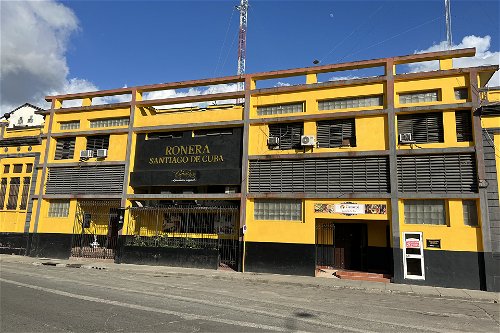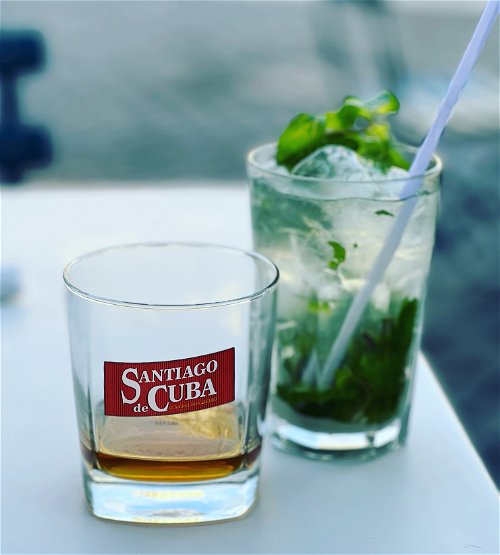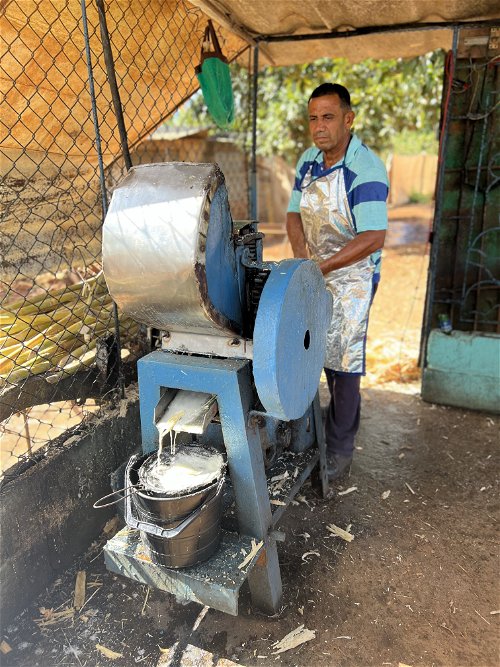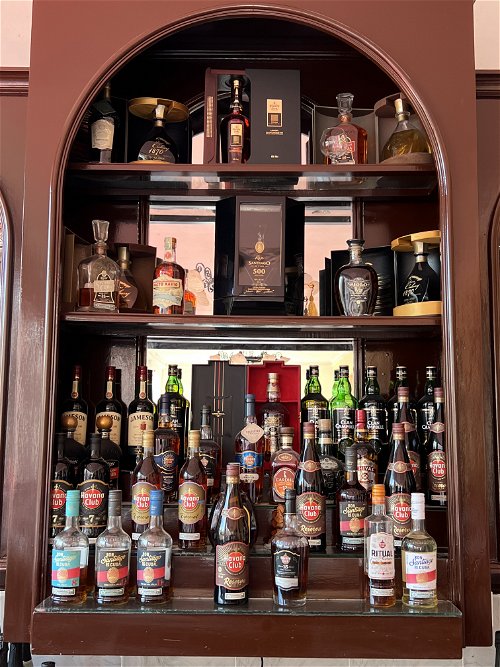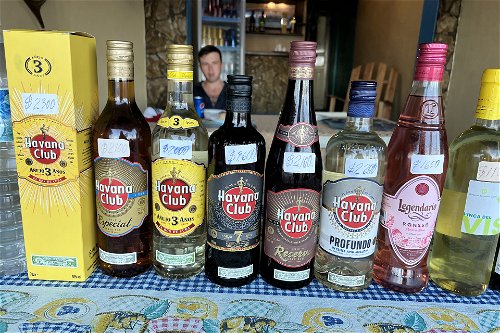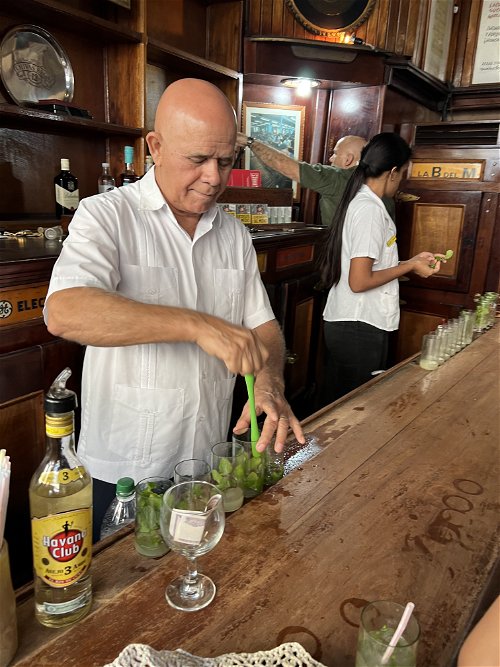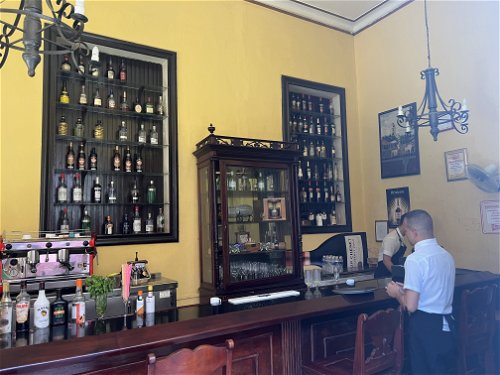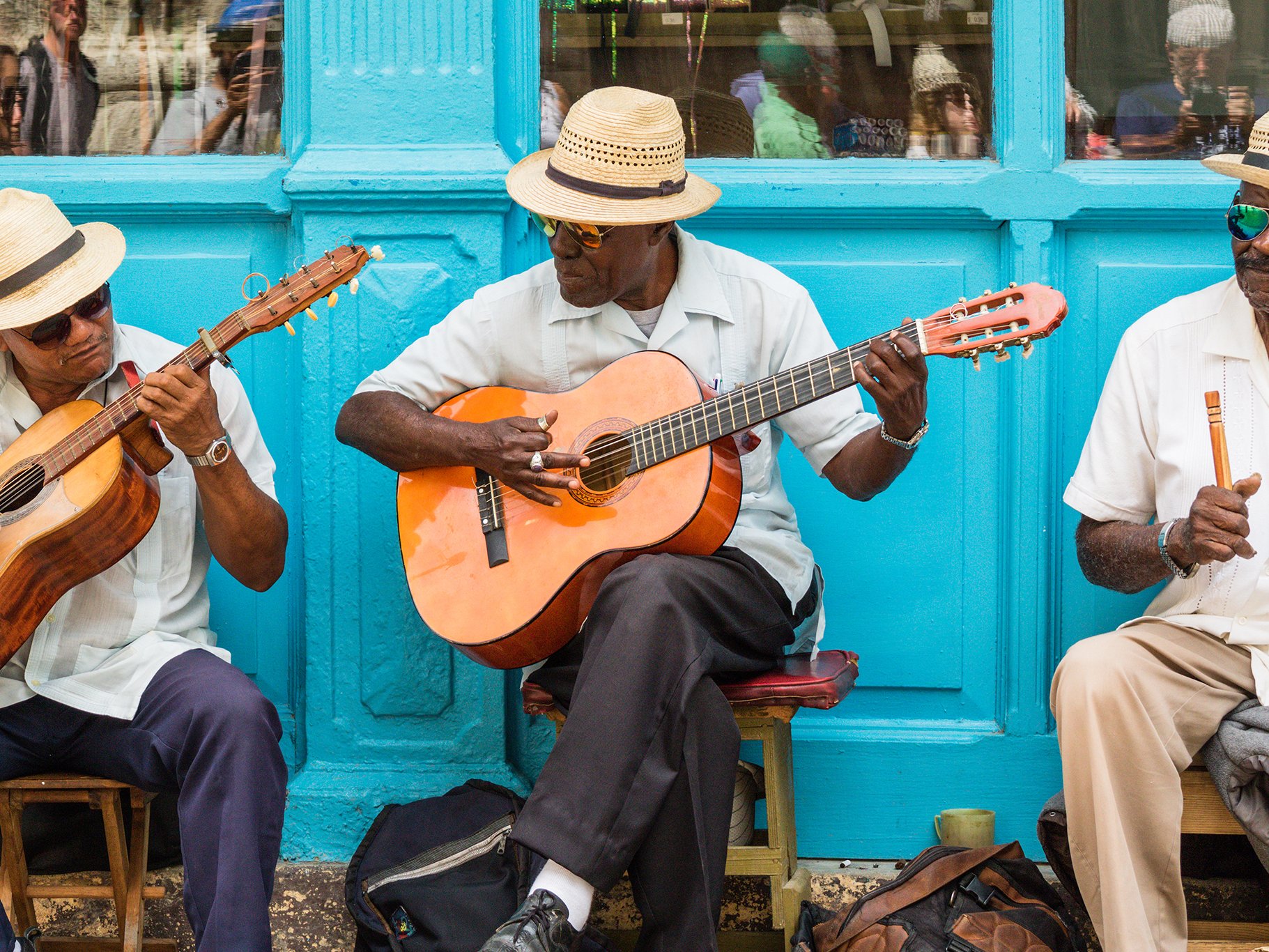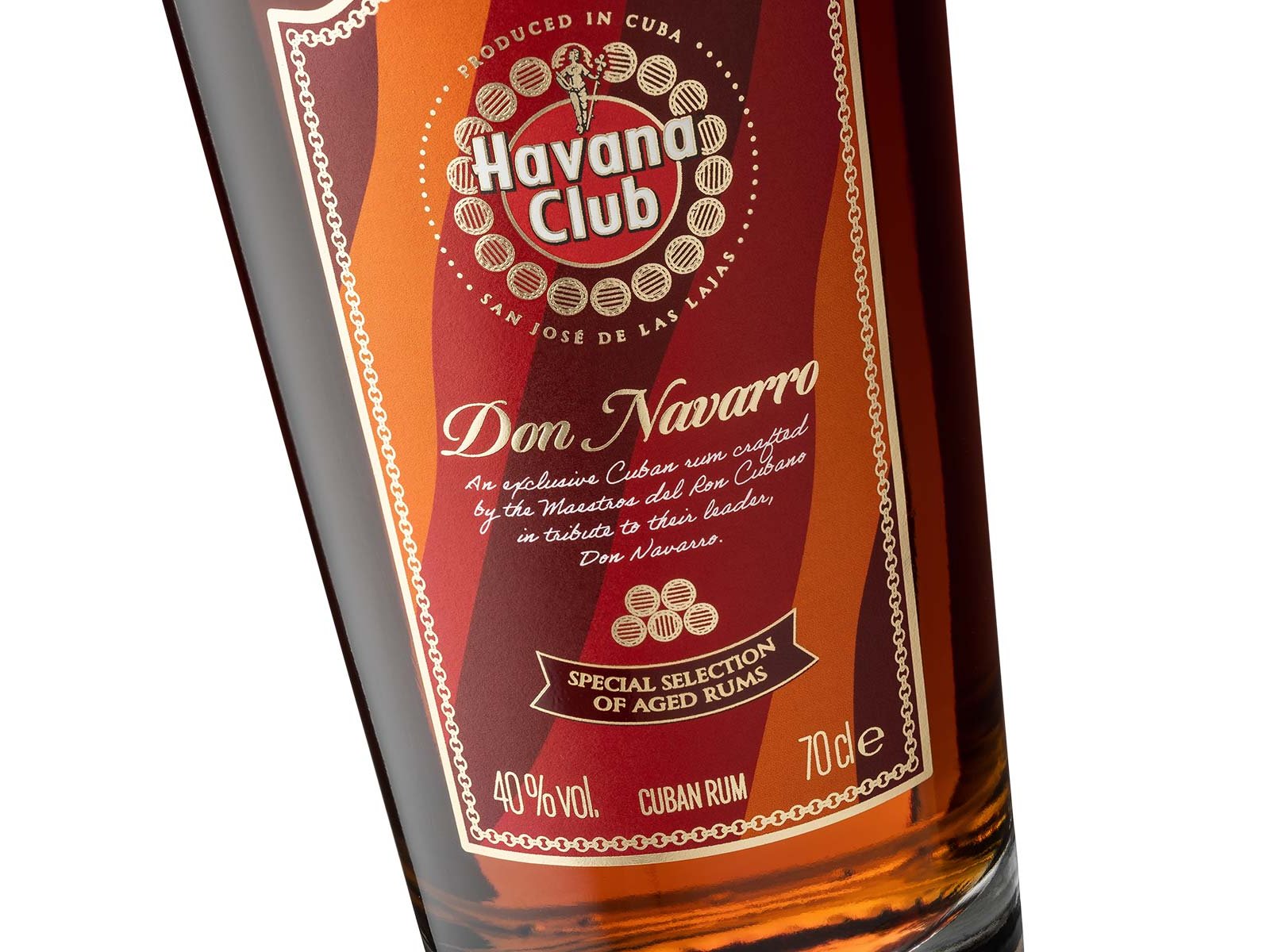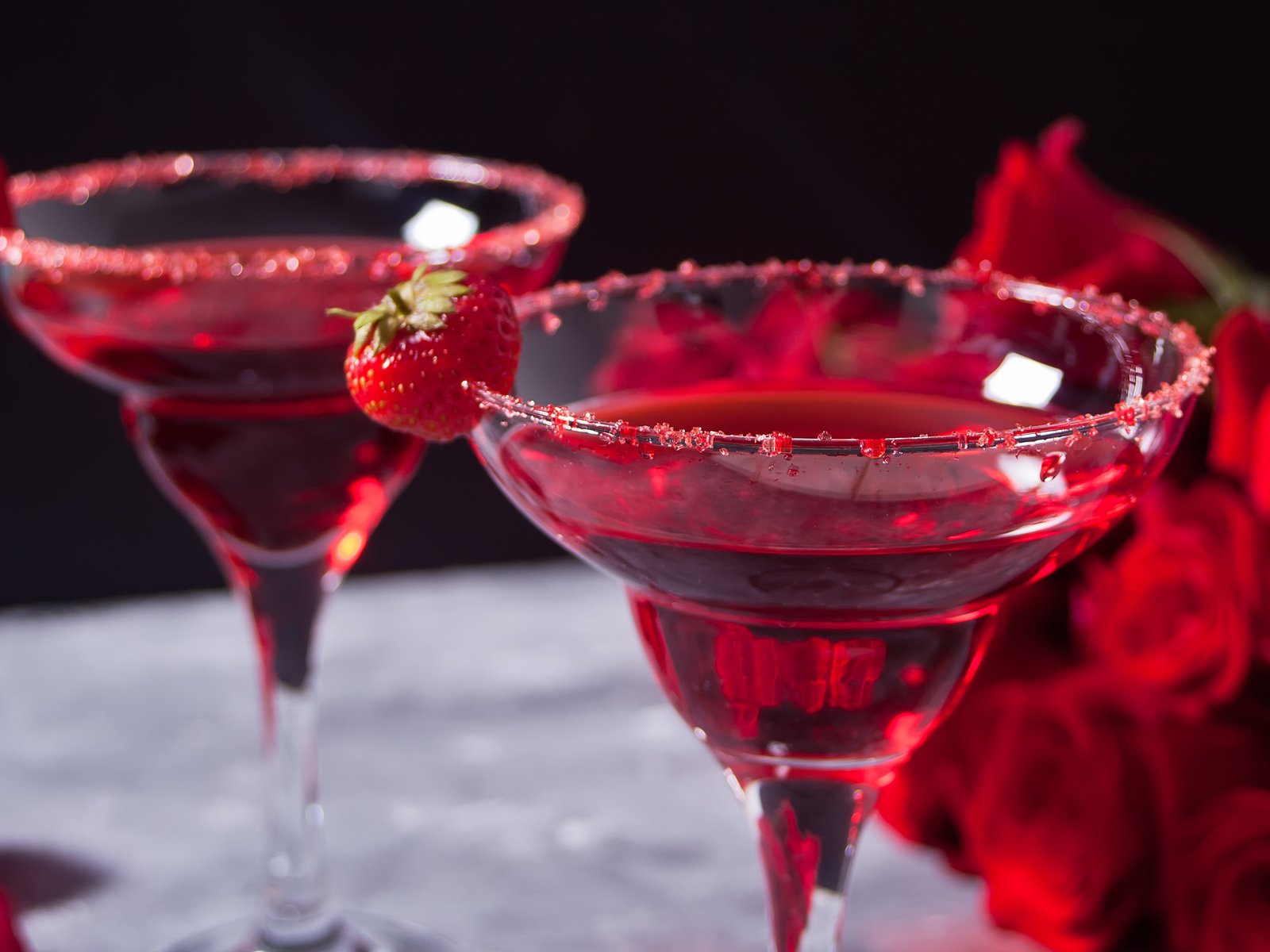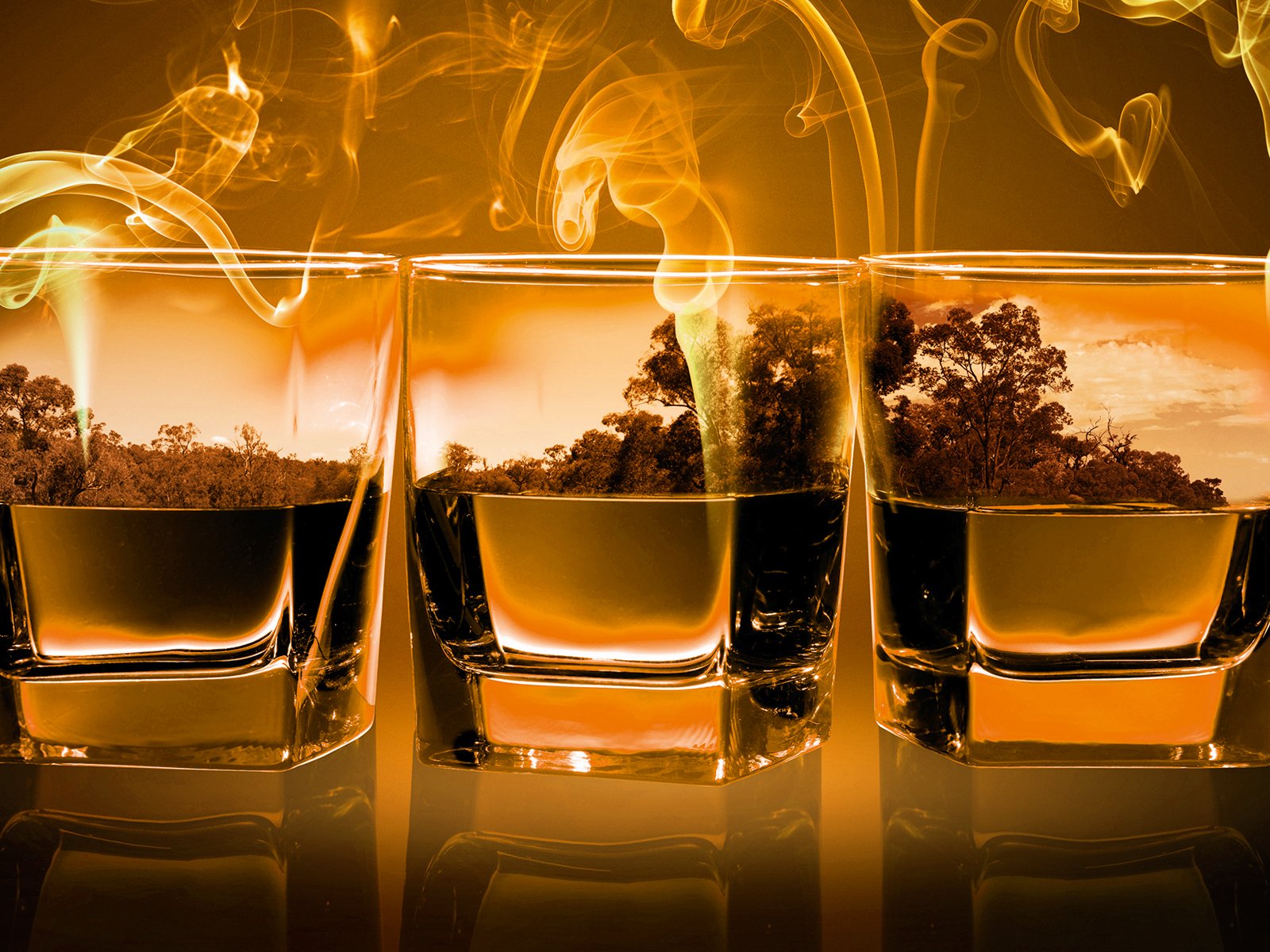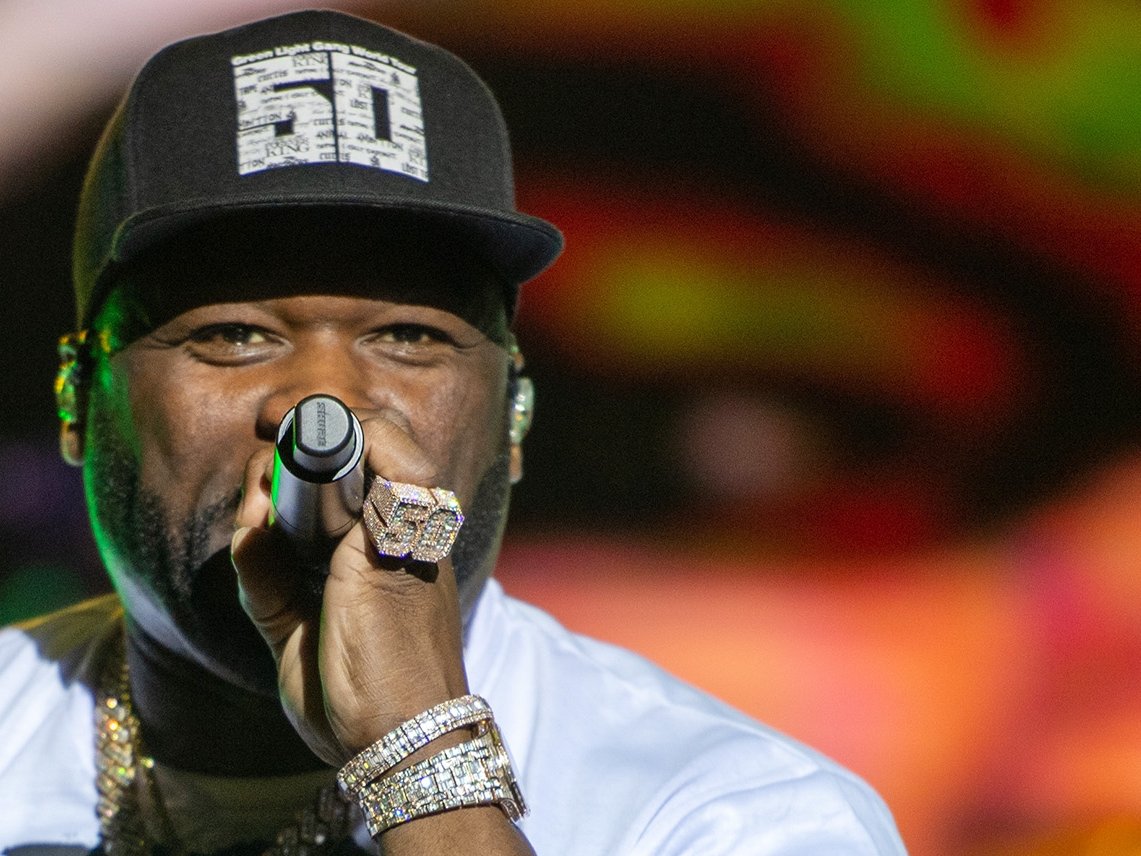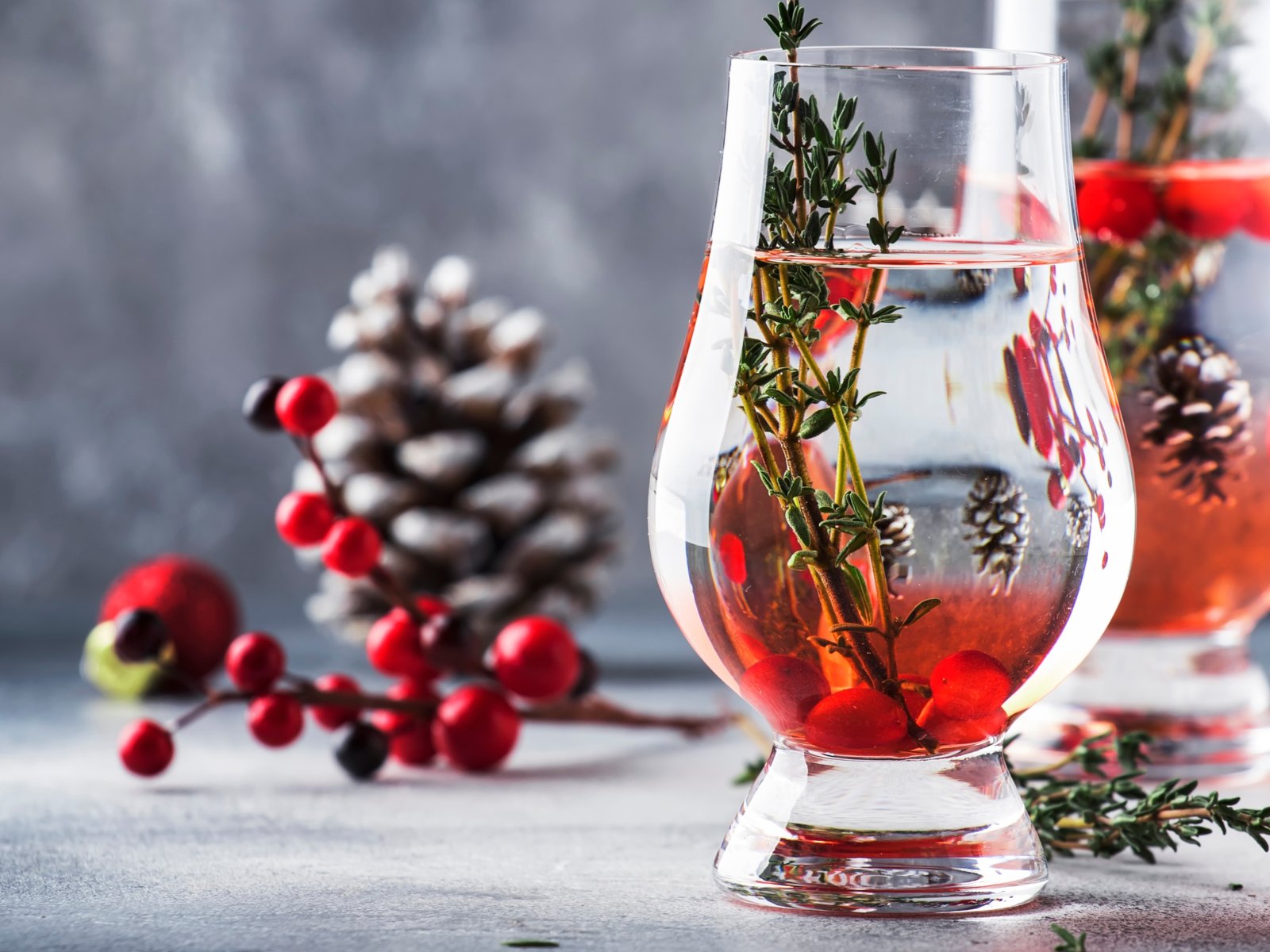Cuba’s Liquid Gold
Cuba means rum, rum means Cuba. Visit this lush island and you'll never be more than a few minutes away from the sugarcane spirit.
Cuba means rum, rum means Cuba. Visit this lush island—the largest in the Caribbean—and you'll never be more than a few minutes away from the sugarcane spirit. Even the most modest watering hole serves Mojito and Daiquirí, often for a pittance—as low as 150 pesos (1€) per cocktail is not uncommon. Hole-in-the-wall groceries sell biscuits, cigarettes, and of course, bottles of rum. And roadside eateries have their drinks sections where you'll get your piñacolada in a virgin version in the glass—and an open bottle of rum to apply your own dosage.
Sugarcane was brought from the Canary Islands in the 1490s as Cuba became one of the first lands in the West Indies to be settled by Spanish colonists. But lacking the mineral riches of Mexico and other mainland Central American provinces, the island remained undeveloped, focusing mainly on agriculture. Slave labourers brought in from Africa worked in the hundreds of tobacco and sugar plantations.
Where there is sugar, there’s rum, but it remained a rustic local drink until the 1860s. A breakthrough came with the introduction of “light rum”. Facundo Bacardí, a rich industrialist and politician, developed a new technology for producing ron ligero by eschewing additions popular in English-speaking Jamaica, Barbados and Guyana and focusing on a fast, clean wild fermentation of molasses (vino de caña) and continuous column distillation. These two techniques spread across other Spanish-speaking colonies to create the third mainstream style of rum, alongside the pot still-distilled English and fresh sugarcane juice-based French.
Double ageing
But another innovation remained distinctly and uniquely Cuban and marks the island's style until today: double ageing. The white spirit (aguardiente) is condensed from the column at ca. 75% abv and aged for two years before charcoal filtering and blending with very high-proof (96%) sugarcane spirit for additional structure. This mix ages further in white American oak barrels for the most common commercial styles, Blanco, Añejo, Reserva, and so forth. It is this production method that sets Cuban rum apart from its peers, lending it more depth of flavour and structured complexity, often with a drier style than rums from, say, Guatemala or the Dominican Republic.
It’s a stereotype that a Socialist centrally-planned economy can’t produce quality, but Cuban rum is certainly proof to the contrary. Bottled, branded rum is at least very good, and the longer-aged releases can be spectacular. In the aftermath of the 1959 Revolution, Fidel Castro nationalised the industry. The Bacardí family relocated their production to Puerto Rico and kept control of their brand, but all others, including the renowned Havana Club, founded in 1878 by José Arechabala in Cárdenas, became the property of the Cuban state. Distillation and ageing were concentrated in 13 central distilleries, the largest of which is now in Santa Cruz del Norte east of Havana. But the profile and identity of the different brands such as Havana Club, Santiago, Vigía, Cubay, or Santero, were kept distinct by the Cuban rum master blenders (maestros roneros), whose tradition was recognised in 2022 by UNESCO as humanity’s intangible heritage. The rum masters are responsible for blending the various brands and bottlings to time-honoured recipes and maintaining the house styles over time.
International markets
Cuban rum has modernised, too. Prompted by the collapse of its loyal Eastern European markets, in 1993 the Cuban government sold a 50% stake in Havana Club to Pernod Ricard, which markets the brand on international markets (with the exception of the USA, where a bitter legal feud is still fought over the ownership of the brand; the Havana Club rum sold in the US is made in Puerto Rico by Bacardí). Pernod Ricard’s influence goes deeper: while the rum masters remain responsible for blending the actual products, the packaging is modern and “Western,” and the style is drier and more cocktail-friendly than other Cuban brands. In 2019, a similar arrangement was reached with Diageo for the Santiago brand, with immediate effects: the rums have improved in balance and focus, rivalling Havana Club at the entry-level and mid-range. Meanwhile, LVMH have launched their own Cuban rum, Eminente.
While away from the main tourist cities, rum is more of an everyday, relaxed affair than a connoisseur’s drink, in Havana and Trinidad, plenty of upmarket bars have opened, with premium bottles, innovative cocktails, and prices to match. Cuba has glorious beaches, beautiful countryside, stunning colonial architecture, and a proud recent history, but its main attractions for tourists remain the cigars and the rum—two products of true excellence. As the positive trend for rum gather momentum, the distinctive style and reliable quality of Cuban rum is now appreciated the world over. Even at the slightly inflated USD prices in state-run “official” shops, Cuban rum remains very good value compared to e.g. Jamaica. Now is the time to discover its hidden secrets.
Top rum experiences in Cuba
- Visit the Havana Club Museum in Havana, with its great explanation of rum production, tasty cocktails, and temporary art exhibitions.
- Sample classic rum cocktails in their historical cradles in Havana: the Daiquirí at Floridita and the Mojito at La Bodeguita del Medio. They get crowded!
- Head to the all-inclusive resorts on Cuba’s pristine north coast for a free, potentially bottomless tasting of many rum brands.
- Sip a dram of well-aged dark rum at one of the countless live music venues in Trinidad.

